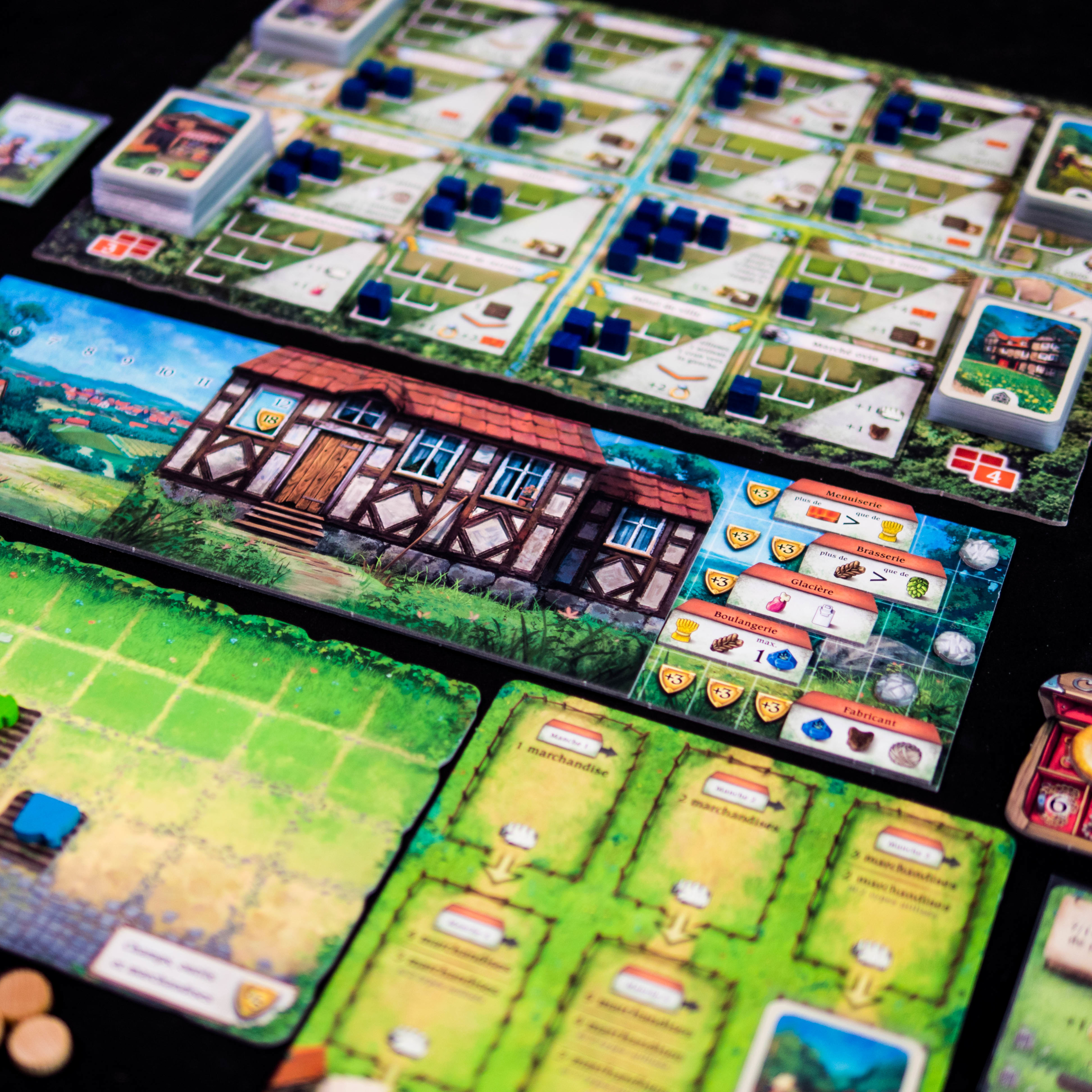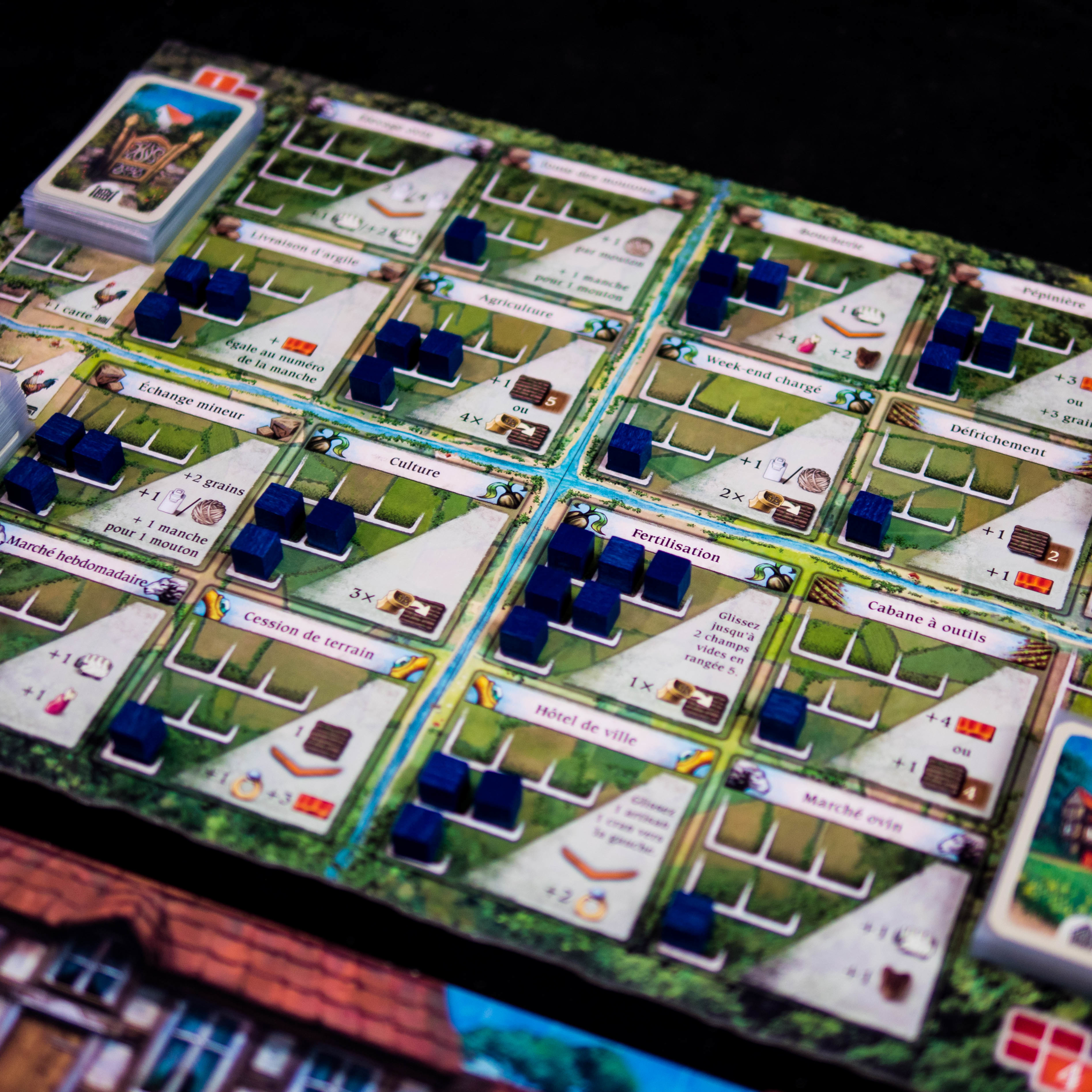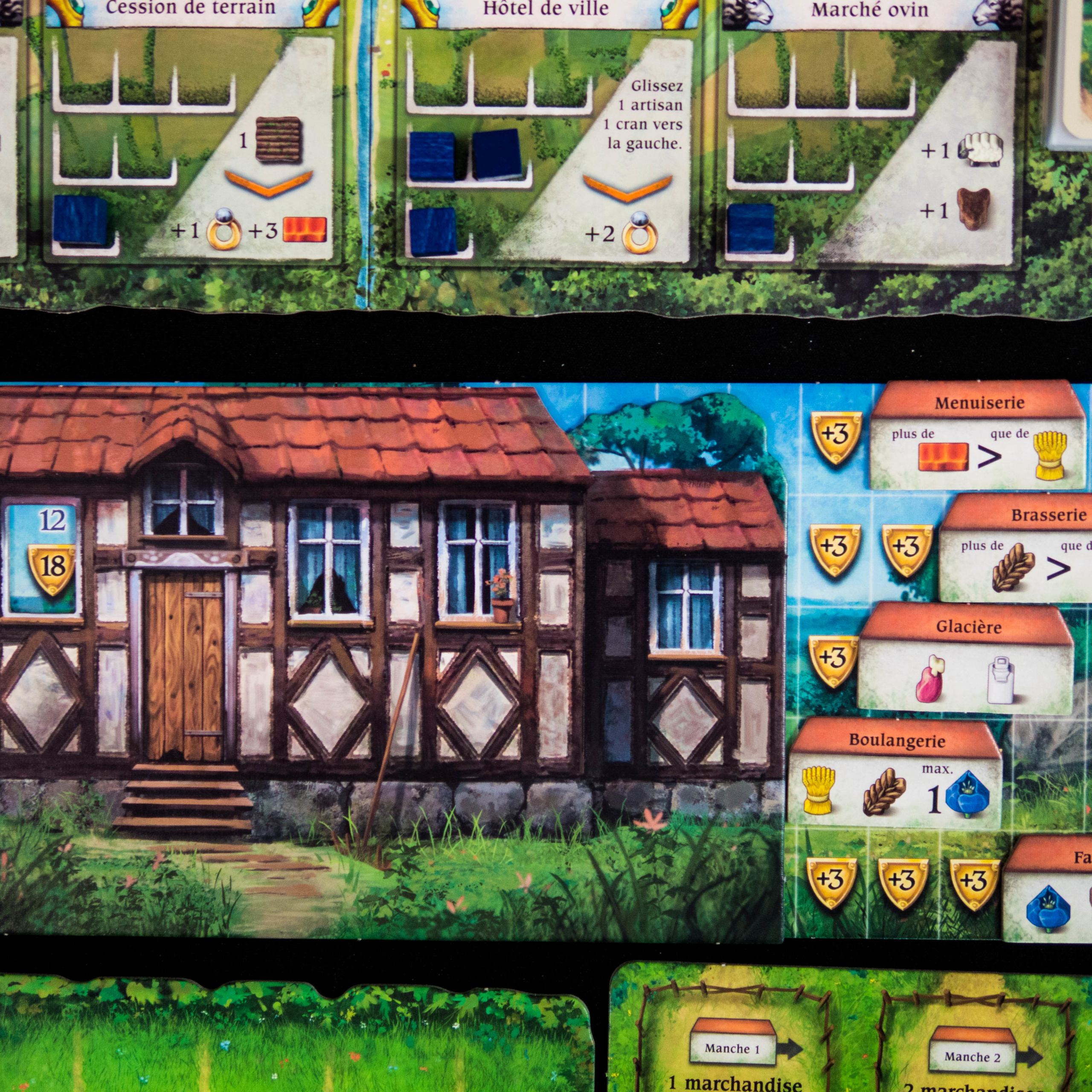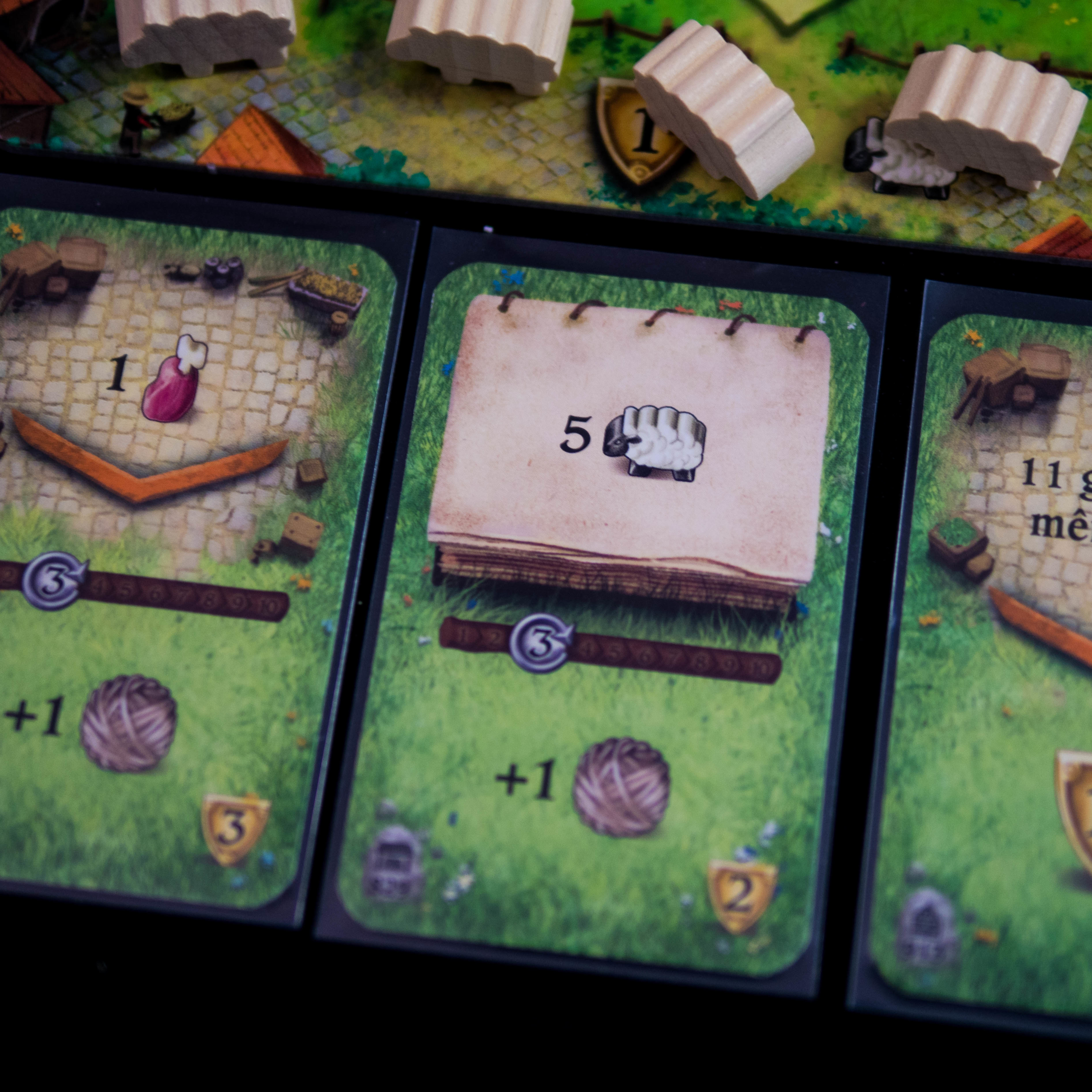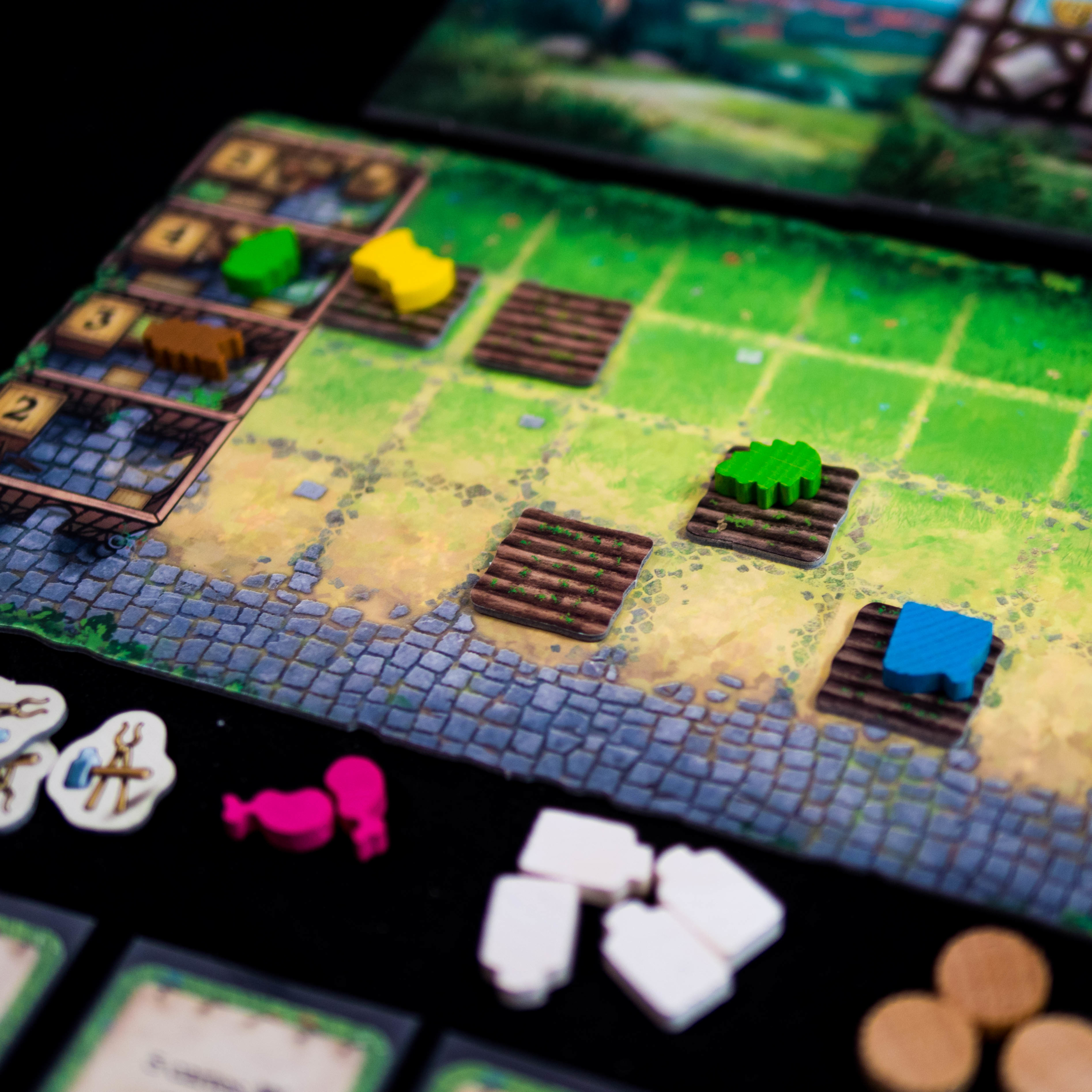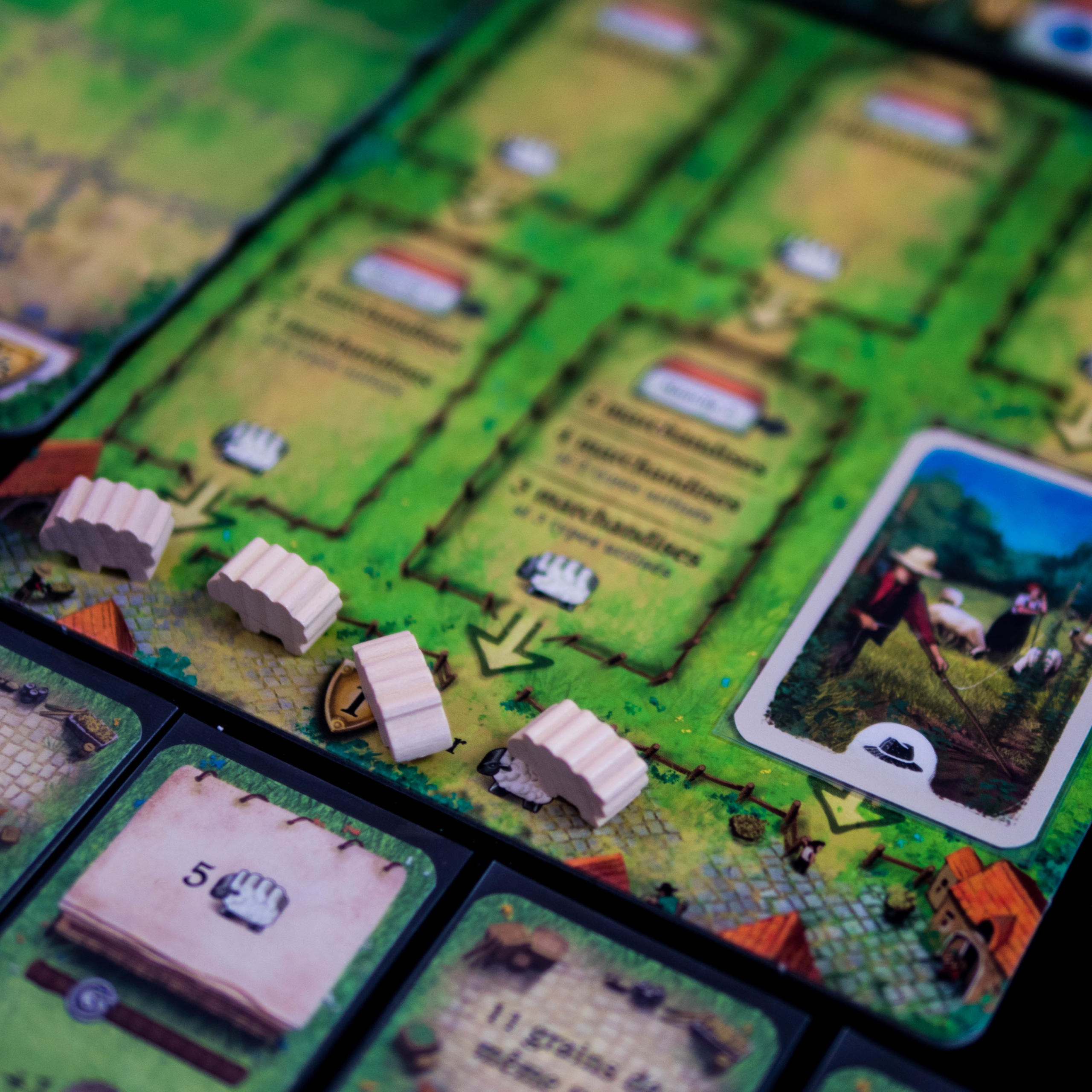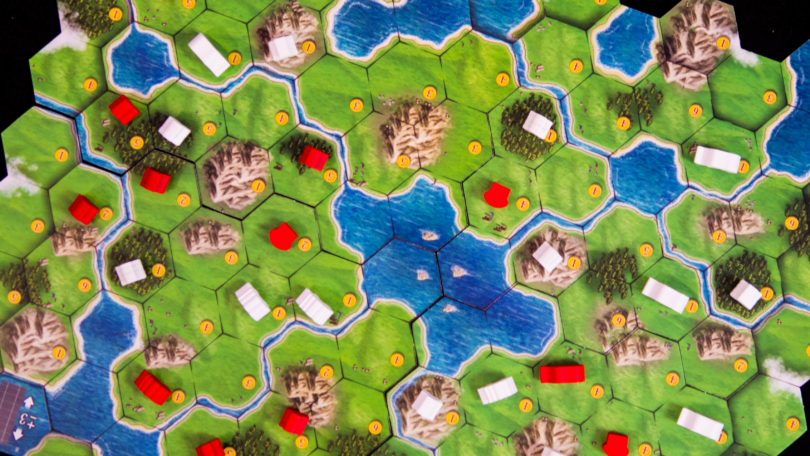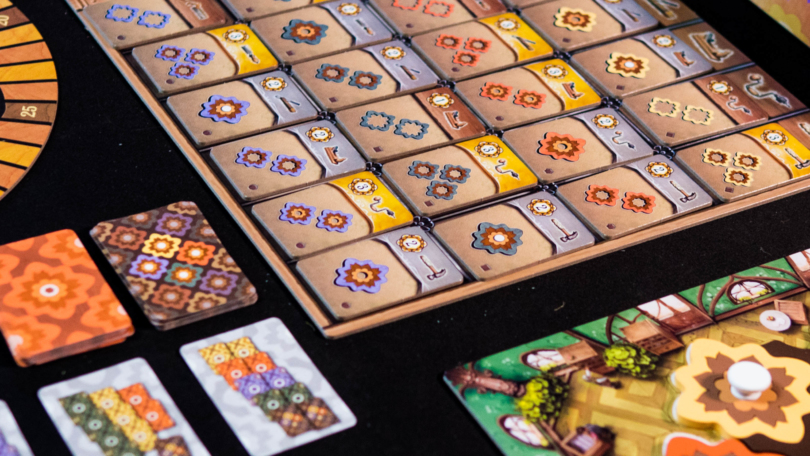Review Hallertau
8.1Good
In "Hallertau", Uwe Rosenberg explores a new worker placement mechanic with increasingly expensive locations, while managing fields and over 300 different maps add a complex but sometimes mathematical strategic dimension, providing an experience game rich in depth and replayability for 1 to 4 players. Despite certain disappointing aspects such as the randomness of card drawing and the craftsman improvement part, the game remains a success with original mechanics and great depth.
Positives
- Original mechanics
- Field management
- The many cards
- A great depth of different strategies and great replayability
- Works great with 1 to 4 players
Negatives
- The chance of drawing cards
- The craftsman improvement part.
Breakdown
- Components and illustrations 8.0
- Mechanics 8.0
- Theme 7.5
- Replayability 8.5
- Handling 8.5
- Interaction 8.0
- Originality 8.5


